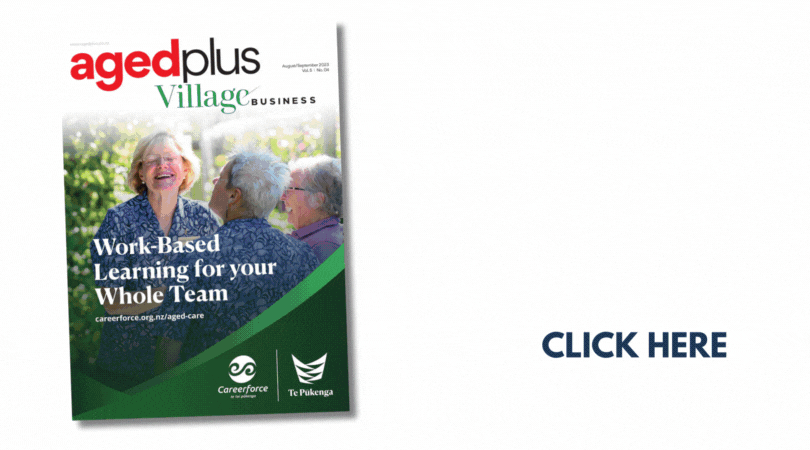Mobility dogs are specially trained to offer practical support, companionship and security.
Dogs play a vital role in transforming the lives of people living with disabilities and provide them with greater independence and quality of life. These dogs assist their owners to ensure they can function in their everyday lives, without any problems or accidents.
Mobility dogs can perform basic tasks like answering the door by pulling a lever, retrieving items to the owner if they are out of reach, and helping their owner move around in their own home and in public.
Mobility Dogs New Zealand is an organization that provides trained dogs to work with people with disabilities and accompany them everywhere they go. “Our focus is one on one placements with people in the community living with long term disability,” said General Manager, Jody Wilson.
“Unfortunately, we don’t have our dogs in retirement homes and aged care facilities. It may be something we do in the future.” It would be greatly beneficial in having these dogs in retirement villages to help the elderly fulfil their everyday needs and make their lives easier.
The Service Dog Project is an American organization that has donated 150 fully certified Great Dane service dogs to individuals who have balance and mobility issues due to neurological diseases or war injuries. They do allow their service dogs to assist the elderly in a retirement home and aged care facilities.
“They can be used anywhere you use a cane,” explained Carlene White, Director of Service Dog Project. The process for an elderly person applying to receive a mobility dog can be done easily through their website. “The purpose of our organization is to keep people on their feet walking.” Because of their mobility dogs this is made possible.
Like mobility dogs, therapy dogs are trained to the same high standard. They, however, perform different tasks and have different responsibilities. They are trained to provide emotional support and are sometimes known as comfort dogs. Research shows that having an animal as a companion helps reduce blood pressure and lower stress and anxiety levels. Mobility dogs and therapy dogs inspire those living with a disability to lead a more active life, improve their relationships and increase their confidence and self-esteem.
Mobility dogs in retirement homes and aged care facilities would not only be helpful to the elderly that have trouble functioning on their own, but would also provide a sense of companionship and safety.
At Mobility Service Dogs West Coast Project, their goal is to raise awareness, and provide dogs for the mobility-disabled community to improve their quality of life through functional independence, giving them confidence and a voice in the community at large.
Executive Director, Janie Heinrich suffered an unfortunate accident in 2010 and was told she would need to use a wheelchair for the rest of her life. Not willing to accept this outcome, Janie worked hard and was able to regain her independence with the aid of her mobility dog, Phoebe.
After Phoebe had to retire due to age, Janie was inspired to help others who live with disabilities to also regain their functional independence. “I was rejected by four organizations because they did not want to have to rehome the dog they gave me.
I thought on that for a few and jumped in with two feet to start a different kind of service Dog Organization that was respectful to all of us,” said Janie Heinrich. “It is our life to live vibrantly as we embrace each moment, here is to accepting but not allowing physicians and hiccups to keep up from living.”
Janie’s goals for the future include playing a key role in the community by educating people and businesses to understand the role of a Service Dog. “We seek to create for all people with mobility challenges a user-friendly pathway with new and trusted tools, enabling active participation in the world at large.”






